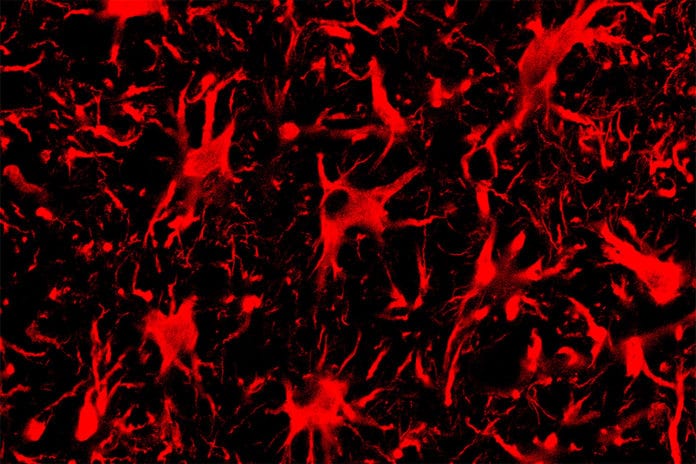Using a targeted CRISPR technique in the central nervous systems of mice, scientists at the University of Illinois Urbana-Champaign have successfully deactivated the mutation of proteins that can cause Amyotrophic lateral sclerosis (ALS) and Huntington’s disease.
Instead of CRISPR-Cas9, they used CRISPR-Cas13 in the central nervous systems of mice with genetic mutations that cause ALS or Huntington’s disease. The CRISPR-Cas13 targets mRNA- the messenger molecule that carries protein blueprints transcribed from DNA.
Scientists developed Cas13 systems to target and cut RNAs that code for mutant proteins. This effectively silenced the mutant genes without disturbing the cell’s DNA.
Colin Lim, a graduate student who helped lead the study, said, “Targeting RNA rather than DNA has some unique advantages, including the fact that, in theory, its effects within a cell can be reversed since RNAs are transient molecules. Because Cas13 enzymes target RNA, they also carry a minimal risk for introducing any permanent off-target mutations to DNA.”
More than 150 distinct genes are associated with ALS. Superoxide Dismutase 1 (SOD1) is the first and the most extensively studied gene. On the other hand, Huntingtin is a giant cytosolic protein (3144 amino acids) associated with Huntington’s disease.
In their study, when scientists injected the CRISPR-Cas13 systems into the central nervous systems of mice, they found that the technique effectively reduced the amount of mutant protein present in the nervous system for both diseases, especially protein SOD1 and protein Huntingtin.
Scientists noted, “The reduction in mutant SOD1 protein also correlated with better therapeutic outcomes: Mice with ALS that received the CRISPR-Cas13 injection had slower disease progression, improved survival and a slower rate of decline in grip strength and motor skills compared with mice that did not receive the treatment.”
“This study provides crucial evidence that CRISPR-Cas13 can knockdown target genes in the nervous system, a key step toward eventually developing targeted therapeutics based on the technology. However, further study is needed to understand better how Cas13, a bacterial enzyme, functions in mammalian cells, particularly whether it could target unintended RNA sequences or cause immune responses.”
Gaj said, “In our experiments, Cas13 was generally as specific as the more established gene-silencing modalities that we tested alongside it. But determining exactly how specific – and thus how safe – Cas13 is in human cells remains a critical question for the field.”
Journal Reference:
- Jackson E. Powell et al. Targeted gene silencing in the nervous system with CRISPR-Cas13. DOI: 10.1126/sciadv.abk2485
